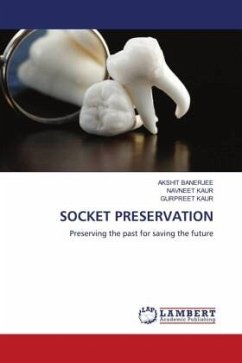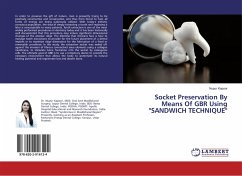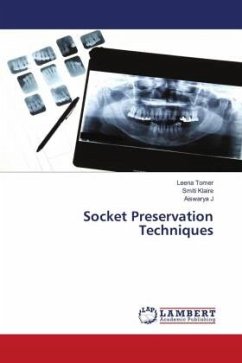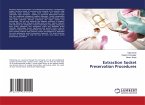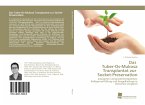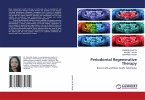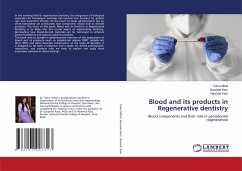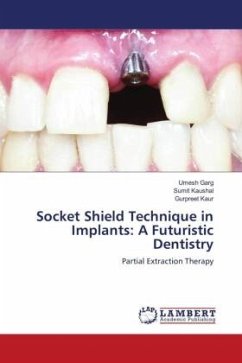As dentistry evolves into a modern era, research aimed at further understanding the biological processes underlying alveolar bone healing, osseointegration, and tissue augmentation procedures is critical to develop predictable and successful restorative therapy protocols with the ultimate goal of providing high-quality patient care. Over the past 2 decades, numerous hard and soft tissue augmentation techniques have been proposed to recreate missing structures that would facilitate implant placement, as well as ridge preservation approaches to minimize bone loss after tooth extraction. However, the indication of specific approaches to achieve a predictable and satisfactory outcome in a given scenario remains a significant challenge in clinical practice. The mechanical stability synthetic biomaterials also enable clinicians to utilize minimally invasive flapless procedures without primary wound closure for socket grafting that reduce the patient's morbidity, while preserving the attached keratinized gingiva and allowing for further production of newly formed keratinized soft tissue.
